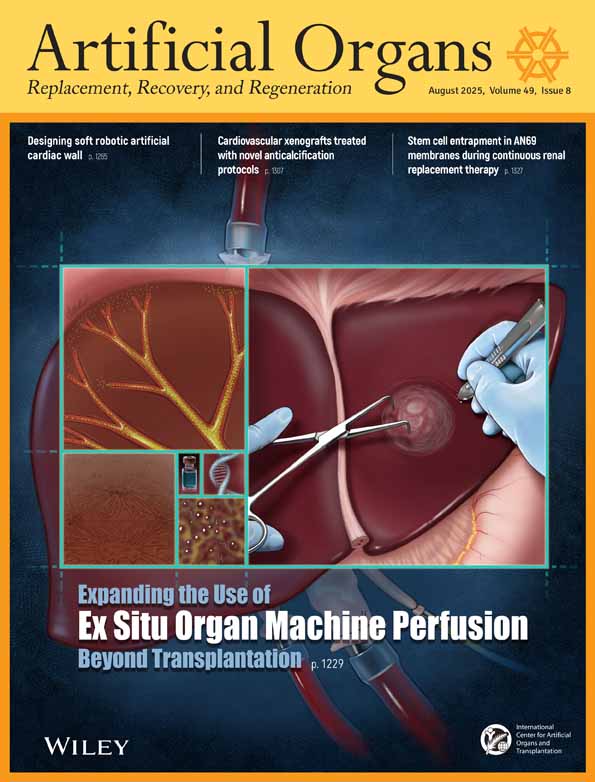Effects of Temperature on Phagocytosis of Human and Calf Polymorphonuclear Leukocytes
Abstract
Abstract: The in vitro effect of temperature on the phago-cytic function of human and calf polymorphonuclear leukocytes (PMN) was studied. To observe the PMN phago-cytic function (PPF) at various temperatures, PMN from healthy human and calf donors were incubated with serum-opsonized fluorescent latex particles (diameter 1.66 γm) at 25, 37, 40, 42, 44, or 46°C for 1 h and then observed for their phagocytic activity by fluorescent microscopy. At 25, 40, and 42°C, human PPF was not significantly different from that at 37°C (87%, 89%, and 80% vs. 93%). At 44°C, PPF was noticeably depressed (19%, p < 0.05) when compared to that at 37°C. Next, to determine the critical temperature and duration of exposure that would irreversibly damage PPF, PMN were preincubated at 42, 44, or 46°C for 5–30 min before being subjected to a standard phagocytosis assay at 37°C. The human PPF was significantly depressed after 30 rnin at 44°C (33%, p < 0.05) or 10 min at 46°C (30%, p < 0.05). In conclusion, neither human nor calf PPF was significantly altered at and below 42°C. In contrast, the PPF was irreversibly and time-dependently damaged when incubated at and above 44°C.




